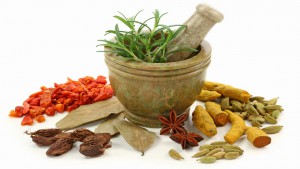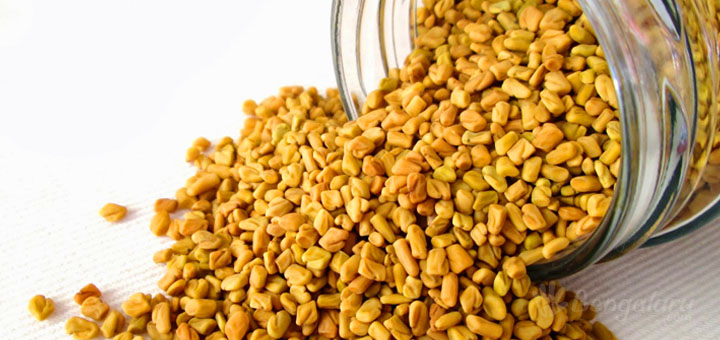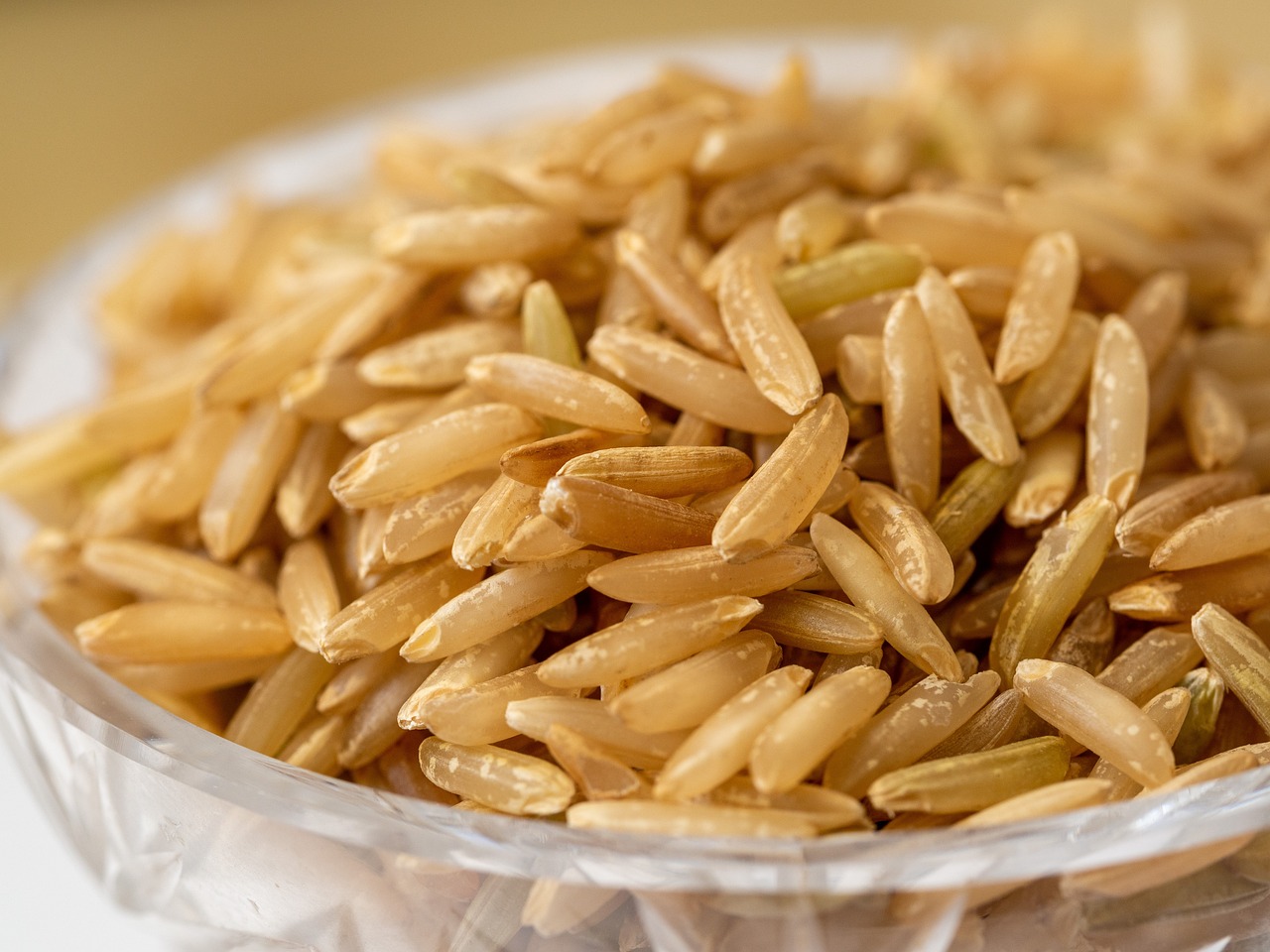
Image by Martin Hetto from Pixabay
Brown rice is a powerhouse of nutrients. It is undoubtedly the unsung hero of grains, boasting a treasure trove of health benefits that will leave you craving for more! Unlike its pale, processed counterpart, brown rice retains its natural goodness, packed with fiber, minerals like magnesium and phosphorus, and a host of energizing B vitamins.
It not only satisfies your taste buds but also keeps your digestive system running like a well-oiled machine. With its high fiber content, brown rice works well against constipation and also helps you achieve weight management goals by keeping you feeling fuller for longer.
This nutritional powerhouse plays a heartwarming role by lowering LDL cholesterol levels, safeguarding your heart from unwanted surprises. Plus, with its arsenal of antioxidants, brown rice fights off free radicals, protecting your body from oxidative stress and inflammation.
But the questions arises – how do we use it effectively as its nutty texture makes it tough to eat daily. Well, we’ve got you covered with the best recipes with brown rice!
1. Mexican Bean Rice

What You Will Need
- Brown rice – ½ Cup cooked
- Spring Onion – 1 bulb
- Tomato – 1
- Rajma or baked beans – 1 Cup
- Green chilli – 1
- Salt & pepper according to taste
- Tomato ketchup – 4 Tsp
- Vinegar – ½ Tsp
- Oil – 1 Tsp
How To Prepare
- Heat oil in a vessel and sauté the chopped onion bulb
- Add Chopped chilli & tomato & sauté for 5-10mins
- Add the cooked brown rice, baked beans and mix well
- Add all other sauces & stir well
- Garnish with spring onion greens & Serve hot
2. Fenugreek Leaves (Methi) Brown Rice

What You Will Need
- Brown rice – ½ cup cooked
- Methi (fenugreek leaves) – 1/2 bunch
- Tomato – 1
- Black Gram (Urad dal) & Bengal Gram (Chana dal) – 1 tsp each
- Whole pepper – 2
- Bay leaf – 1
- Onion – 1
- Green chilli – 1
- Salt & pepper according to taste
- Tamarind pulp – 2 Tsp
- Oil – 1 Tsp
How To Prepare
- Heat oil in a vessel, sauté chopped onion, whole spices (masala) and the Black and Bengal grams
- Add Chopped chilli, tomato and sauté for 5-10mins
- Add chopped Fenugreek leaves, tamarind pulp and mix well
- Add cooked brown rice & stir well. Cook for 10-15mins
- Serve it with a chilled cup of curd.
3. Stir-Fried Brown Rice (1 portion)
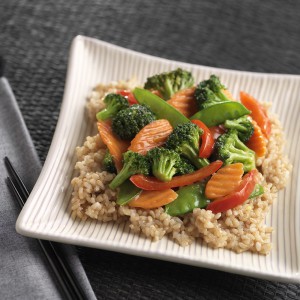
What You Will Need
- Brown rice – ½ cup cooked
- Assorted veggies (Carrot, cabbage, broccoli, beans, capsicum) – 1 bowl
- Spring Onion – 1 stalk
- Green chilli – 1
- Salt & pepper according to taste
- Garlic – 1 pod finely chopped
- Ginger – a small piece chopped
- Chilli sauce, vinegar and ketchup – 1 tsp each
- Oil – 1 Tsp
How To Prepare
- Heat oil in a vessel and sauté the chopped onion, chilli, garlic, ginger along with the chopped assorted veggies
- Add all the other seasonings and toss well
- Add cooked rice, stir well and cook for 10-15 mins
- Serve it curd
4. Brown Rice Pudding
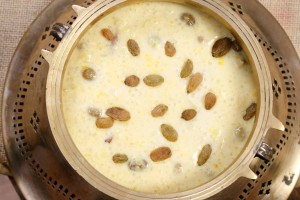
What You Will Need
- Brown Rice – 1 cup cooked
- Skim milk – 250ml
- Jaggery – 2 tbsp
- Cardamom powder – 1tsp
- Nuts (dates, raisins, dried figs) – 1 cup
- Vanilla essence – 1drop
How To Prepare
- Boil milk in a pan
- Once boiled, add the jaggery and rice
- Simmer until it cooks
- Turn the gas off and add cardamom powder, nuts and 1 drop of vanilla essence
- Keep in the refrigerator to cool and serve chilled
If you liked these recipes, let us know in the comments below! If you’ve tried them then take a pic, share it on your social media channels tagging GOQii!
Want to get your hands on organic brown rice? Get it on the GOQii Health Store within the GOQii App.
You can also find more healthy recipes here.
Eat Healthy and #BeTheForce
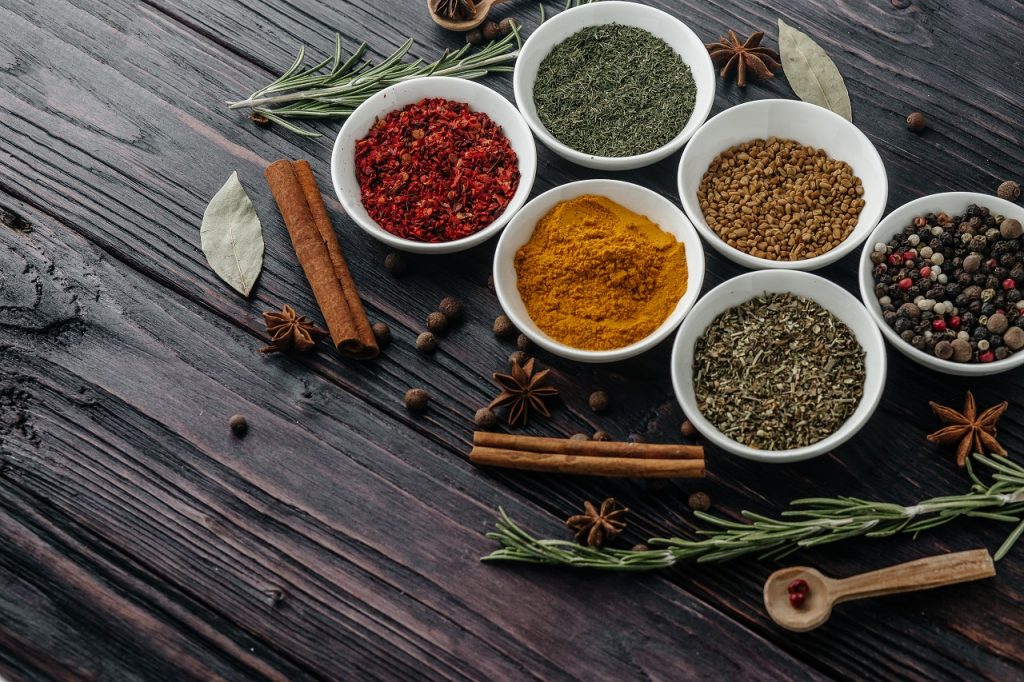 An epidemic worldwide, Diabetes is a disorder which alters blood sugar levels and the production of insulin that can cause various complications if left untreated. Although, it can be managed through lifestyle modifications and exercises. A few spices and herbs along with dietary changes can reduce blood sugar. These remedies are not only economic but can help in reducing dependency on medicines too.
An epidemic worldwide, Diabetes is a disorder which alters blood sugar levels and the production of insulin that can cause various complications if left untreated. Although, it can be managed through lifestyle modifications and exercises. A few spices and herbs along with dietary changes can reduce blood sugar. These remedies are not only economic but can help in reducing dependency on medicines too. 